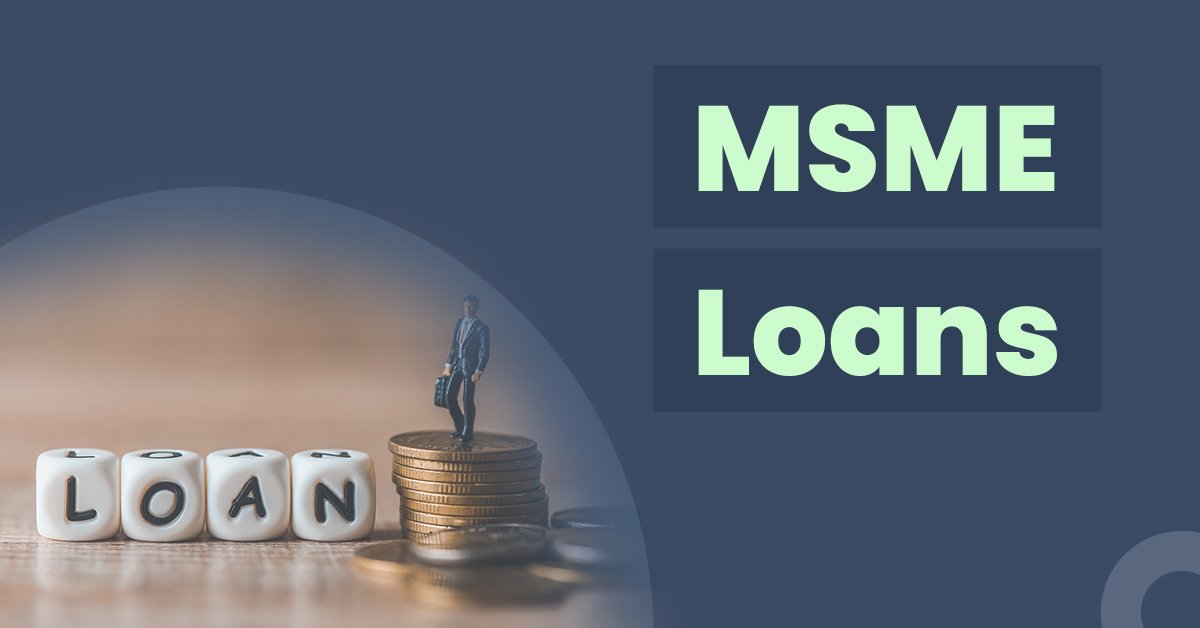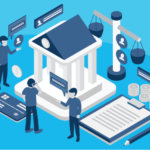Financing the Forgotten: Redefining MSME Lending for Scale, Impact, and Profit – MSMEs are vital to all economies, but especially important in developing economies where MSMEs can create employment, contribute to economic development, and promote innovation. According to the International Finance Corporation (IFC), MSMEs are essential to the global economy, yet remain the most neglected category of businesses when it comes to formal finance.
Traditional lending models view MSMEs as risky (high risk) and having low returns (low return), resulting in a massive credit gap. The challenge facing MSMEs is an imperative for action that is not just a moral or economic challenge, but rather an unrecognized opportunity that can take advantage of scale to deliver impact and ultimately profits.

The Credit Gap and Its Significance
The $5 trillion global MSME credit gap each year is estimated through the International Finance Corporation (IFC) data. The credit gap hits hardest to businesses in emerging markets which has a disproportionate negative effect on businesses led by women and in rural areas. Many businesses may not have a business license or limited accountability (documented histories of assets, cash flow, etc.), which banks require as collateral and credit history. The outcomes are obvious –
- Limited access to capital hampers growth and innovation.
- Limited jobs foster cycles of poverty.
- Unethical lending from informal finance.
If we are going to finance the forgotten, we need to radically rethink loan provision for MSMEs.
Why Traditional Lending is Challenging
Traditional financial institutions lend to larger, formalized corporations, and banks are risk-averse. Typically, MSMEs do not have a lot of credit history, inconsistent cash flows, and informal structures that do not meet these requirements. Besides that, the operational costs associated with small loan amounts and difficulties with recovery may deter banks from lending in the first place. Traditional risk models assume larger risks and lower returns on MSME lending. Yet, this is where technology, data, and innovation can be leveraged to create a transformative impact.
Redefining Lending | A New Model
To unlock the potential of MSMEs, lending needs to take on new, dare I say ‘disruptive’ qualities. Here are some new ways that lending is changing for good –
Using Alternative Data For Credit Scoring
Fintechs and new-age forward-thinking lenders are increasingly using alternative data rather than standard credit data to build risk profiles that include –
- Mobile phone utilization
- Transaction history with digital wallets
- Social media activity
- Utility bill payments.
This alternative data can be used to construct a more accurate and inclusive risk profile, allowing for lending to first-time borrowers without credit histories.
Digital Lending Platforms
Moving away from paper-based lending completely diminishes all overhead; it saves on labor, borrowing at scale is much easier, and considering increased profitability, lenders will reach credit decisions significantly quicker than before, with mobile apps and online platforms to –
- Apply for a Loan in minutes.
- Get an instant credit decision.
- Disburse funds within days.
This efficiency is essential for MSMEs that are working with thin margins and need working capital very quickly.
Embedded Finance and Ecosystem Lending
Lending is being embedded more and more within supply chains and commerce ecosystems. There are many platforms, including Amazon, Shopify, and logistics networks (like Delhivery), that provide loans based on a borrower’s transactional behavior. The contextual financing via ecosystem lending gives the lender more confidence that their loan will be repaid and results in a stronger relationship within the ecosystem, ensuring the lender and borrower are working together at all times.
Revenue-Based Financing
Unlike a traditional loan that has fixed EMIs, revenue-based financing enables repayments in the form of a fixed percentage of the MSME’s revenue. This financing aligns more closely with the business cycle and enables ventilation in the repayment of the loan in difficult times. This can be most beneficial for businesses that have seasonal incomes or fluctuate in their cash flow, like retail shops, food vendors, or tourism businesses.
Partnerships and Credit Guarantees
Many countries have introduced credit guarantee schemes that protect lenders and accept some of the loss (part of the loss in the event of default) to de-risk MSME lending. Partnerships between the public and private industries incorporate capital made available from development finance institutions (DFIs), commercial banks, and fintech sponsors into more affordable lending for MSMEs.
The Triple Bottom Line: Scale, Impact, and Profit
The act of redefining MSME lending is not limited to financial inclusion, it is a business opportunity that needs to be addressed. If lenders adapt, then they will be able to –
Scale – Tap into a large and, for the most part, untapped market of millions of MSMEs.
Create impact – Be part of job creation, revenue increasing, and community transformation.
Generate profit – With digital approaches and alternative scoring mechanisms to reduce risk, default rates can be managed, and customer lifetime value can ultimately be increased.
Financing MSMEs at scale creates a good circle that allows for access to capital that generates growth, which can lead to formalization, and in turn, lead to greater creditworthiness.
Challenges to Overcome
While we have gained huge ground, there are many hurdles to overcome –
Data privacy and ethics – Alternative data is opaque, but if it is going to play a big role in MSME lending going forward, ethical use and protection of this data will get serious, really serious.
Financial literacy – Many MSME owners do not understand loan products, loan terms, or responsible borrowing. Most will need help as they navigate their first loan.
Regulatory ambiguity – Fintech lenders are still in a grey area and really need a bit more guidance with the support of regulators.
To responsibly scale these financing models, sustained and deliberate cooperation and collaboration between multiple partners, including governments, financial institutions, technology partners, and civil society, is imperative.
The Road Ahead
Financing the forgotten is not purely just a philanthropic-social mission anymore, there is a real business opportunity here. As MSME lending continues to transform through the opportunities that data, technology, and partnerships provide, it is possible to have sustainable returns while creating inclusive economic growth.
The future of MSME lending is in co-creating ecosystems, where MSMEs are not just borrowers in the ecosystem, but empowered economic agents that build prosperity from the ground up.
FAQs
Why are MSMEs often excluded from formal finance?
Lack of formal credit histories, limited or no collateral, inconsistent income streams, and informal operating environments are barriers to participation. Traditional banks frequently believe they cannot afford the expense to serve MSMEs based on the associated risk, ultimately leading to astronomical exclusion.
In what ways can fintech help reshape the MSME lending landscape?
Fintech uses technology, automation, and alternative data to assess reliability, create relevant products for those customers, and manage to reduce transactional costs to make them competitive, regardless of the loan amount. Fintechs can also automate the whole loan assessment process (if you intend to value speed) whilst still serving industries with innovative, scalable, and digital solutions.
Is MSME lending profitable for financial institutions?
Yes, specifically with access to data-driven underwriting and digital operations. While the individual ticket size is small (and there are larger loan amounts), the volume of loans, the repayment behaviour, and loyalty to a financial institution make the MSME space a profitable and growing segment when properly strategized.
What opportunities do governments and regulators have as participants in reshaping MSME lending?
Governments can help promote MSME lending activity in the following ways –
- Credit guarantee schemes that will reduce the risk
- Data sharing frameworks that will provide access to alternative data
- Financial literacy programs
- Regulatory sandboxes that will support creative ideas whilst still providing consumer protection
- It is important to establish the collaboration between – public and private sectors drives – to help support the current MSME financing gap.








